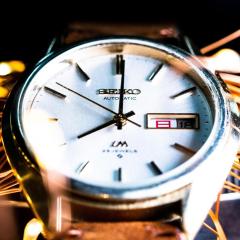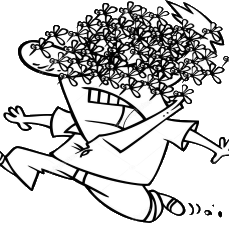Universal Geneve 215/218 Microtor rattle
-
Similar Content
-
Recently Browsing
- No registered users viewing this page.
-
Topics
-
Posts
-
By luiazazrambo · Posted
Hi All, This is my first waltham (wrist) watch, and during disassembly I found a set mainspring which I would like to replace. I checked the usual websites 17jewels, ranfft but I could not identify this movement and I am not sure if the MS I found has the factory specifications/dimensions. My barrel inside diameter is 11.5mm, arbor is 3.7mm, height of the barrel is 1.9mm. The spring i found has 1.4mm thickness and 1.65mm height. Would anyone know this movement and what MS did it have exactly? (I only have these pics made with my microscope during disassembly the whole mvmnt does not fit and the mvmnt is currently in a cleaned state in pieces waiting for me to put it together again) Br, Lui -
One of the problems for people helping he is we rely on your eyes on the watch. So it's worse but what does that mean? Is it on a timing machine how did you do the before-and-after so it be nice if you give us a little better answer then since apparently this discussion is coming to an end in your giving up I thought I go back and look at the very first page let me quote something So generally speaking it's in great condition? For future reference what you think about several things we tell newbies to work on pocket watches because they're big. Typically I tell people to get a Chinese clone of a 6497 as it's a new pocket watch and it's running. Newbies need to work on a running watch to see what a running watch looks like to evaluate to disassemble and reassemble not just one time but a lot of times to learn how to disassemble and reassemble and then you practice oiling you do this a lot and after you completed doing it a lot of times you do it again because you really do need the practice The problem with starting on a pocket watch like the one that you chose its old and it's probably not going to run if you clean it. As you can see they need repairs and adjustments conceivably lots of them and hear the person on the field you're making the observations that you still don't have the skills to make the observations it's going to be a problem for all of us. Like for instance it's in great condition when exactly did that mean? It's always nice to evaluate the watch before disassembly so did your great condition pocket watch run initially did it run in all positions what exactly was the assessment before you disassemble It Excellent device because at happens to all of us. Put a watch back together take the balance wheel in and out of multiple of times put it on the timing machine and how that looks really bad? Then notice the hairspring has magically relocated to someplace else. I do find it really sad that it didn't work out? Six pages of I guess we wasted our time you learned nothing? The problem with watch repair is when we don't always see this in popular YouTube videos would be the word repair is involved in an ordered you repairs you have to do diagnostics and as you can see learning how to repair in doing diagnostics on a watch takes a long time the learner I would like to think that you may be learned something and six pages of discussion if nothing else repairing a vintage pocket watch isn't as easy as the videos look like on YouTube
-
I also bought such tool and it's great. Absolutely nothing to complain about. It looks great, feels right and works like a charm.
-
I've been meaning to report back - I bought a Horia clone last month, making a point to pay over $100 instead of trying for one of the rock bottom priced sellers. I think I paid $107 at the time, and the one I received is good. There is almost no noticeable sideshake to the spindle, none on the micrometer head and it has the necessary reference mark on the frame. I have not examined my pushers under magnification though. I assume they're not worse than any others.
-
By RichardHarris123 · Posted
Hello and welcome from Leeds, England.
-







Recommended Posts
Join the conversation
You can post now and register later. If you have an account, sign in now to post with your account.
Note: Your post will require moderator approval before it will be visible.